The AP Stylebook is an authoritative reference book for journalists, but over the years, journalists have provided additional resources in topical issues to augment its guidance. Two recent additions are Covering Poverty: What to avoid and how to get it right, published in The Journalist’s Resource, and the Disability Language Style Guide, published by the National center on Disability and Journalism.
Students in Sharon Bloyd-Peshkin’s Intro to Journalism class studied these guides and then reached out to people with on-the-ground experiences with poverty and/or disability to gain their insights into how accurately and sensitively the news media covers people in those groups, and what they can do better. Here’s what they learned.
Ask If it’s Relevant
By Harry O’Brien
Catherine Cordell, assistant store director at Mariano’s in Northfield, Ill., often bristles when she sees news stories that emphasize a subject’s disability. “There was a child that had a disability, his age was older than his thought process, and he ended up missing because he got lost in the woods,” she recalled. “Instead of talking about the individual who needed help, they were talking about his disability.”
Her observation is in line with the Disability Style Guide, which states: “Refer to a disability only when it’s relevant to the story and, when possible, confirm the diagnosis with a reputable source, such as a medical, professional or other licensed professional.” In the case of the story Cordell recalled, the reporter needed to weigh whether or not it was necessary to mention the boy’s disability.
Cordell, whose store has been recognized for its inclusive hiring practices which include training and mentoring people with disabilities, urges empathy and admiration for her employees. “I think that a lot of people need to really take a step back and experience what that person is going through before they can cast a judgment on them,” she said. “[People] actually have to figure out how to bag one handed [for example] when a person is paralyzed on one side,” she says.
“Everyone is a human being and we’re all there to help each other,”Cordell said.
Assume the Best
By Daya Rodriguez
Special education teacher Stacy Suerth, 34, of Carol Stream, Ill. says she “always uses first person language” when speaking about an individual with a disability.
“The theory behind that is that a person is not defined by their disability,” Suerth said. “They’re a person, and a disability is just a part of their life.”
This is in line with what the National Center on Disability and Journalism recommends in its style guide. In the case of autism, it notes that some people prefer to be referred to as “autistic” or as an “autistic person,” while others prefer “a person with autism,” and it’s best to ask each individual for their preference.
Suerth also says it’s important to ask the person directly, even if they are with a caregiver. Otherwise, she says, you are “assuming they can’t communicate with you.”
The bottom line, she says, is “just being sure that you’re honoring and respecting the
other person, just like you would an individual that didn’t have a disability.”
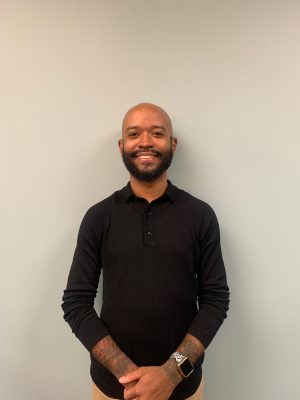
Emphasize Accessibility
By Lauren Schmit
Nathaniel Kelly, 31, administration assistant for the ASL Department at Columbia College Chicago, says the deaf community sometimes feels overlooked by the news media. “I can’t access information,” he signed, referencing a lack of closed captioning on some television news. “[journalists] forget about us as a deaf community and that’s very frustrating,” he signed.
The other issue he highlights is the terminology journalists use. According to the National Center on Disability and Journalism style guide, journalists should be careful when using words like “disorder” and “impairment” to describe a disability because it can come across as insensitive and disrespectful.
“Impaired means that something’s broken. It needs to be fixed. And that’s not how we view ourselves as deaf individuals,” Kelly signed.
Kelly urges journalists to have deaf people they interview “identify their own preferences” for how they are described. He identifies himself “Deaf with a capital D,” to show pride about being a part of the deaf community. According to the National Association of the Deaf, “Many people in the Deaf community prefer the use of a lowercase “d” to refer to audiological status and the use of a capital “D” when referring to the culture and community of Deaf people.”
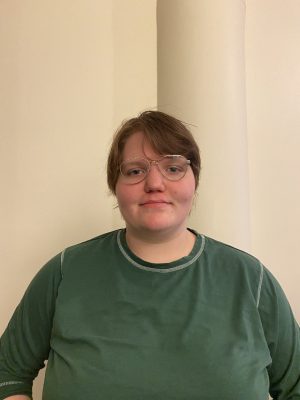
Avoid Offensive Terminology
By Merlyn Soon
Anna Bachmann, 21, is tired of seeing the way autism is covered by some journalists. “They think disabilities are a huge tragedy or like a cause for something to avoid as if they’re mourning,” Bachmann, who was diagnosed with autism when she was 18, said.
“Sometimes even the inspiring stories, even the well-intentioned ones feel a little pointed,” she said, referring to stories about the misinformation campaigns claiming that vaccines cause autism. “[People with autism are] either like infantilized or seen as people who would like – well we see people would rather their kids die from polio than have an autistic kid.”
Bachmann prefers to be referred to as an autistic person or autistic, saying she is not aware of any one generally correct way of referencing a person with autism. According to the National Center on Disability and Journalism style guide, some people may object to using the word “autistic” as an adjective.
She strongly objects to the use of terms like “high-functioning” and “low-functioning” when referring to people with autism. She finds this terminology subjective and offensive because it compares the “functions” of autistic people by measuring cognitive, creative, or physical functions in comparison to other autistic people as well as neurotypical people.
Bachmann says journalists need to do their research on autism just as they do on any topic. “Just talking or associating with someone with autism. Being knowledgeable and looking at data should go a lot with journalism,” she said, adding that listening and talking to those with autism will greatly improve how they are portrayed in the news media.
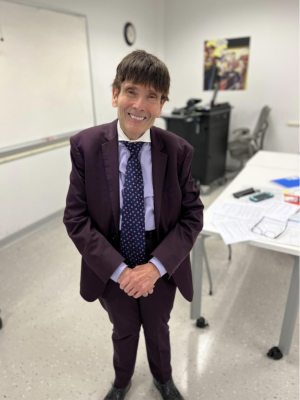
Focus on What People Can Do
By Janaya Banks
Dominic Calabrese, a professor at Columbia College Chicago, was formerly a senior vice president of public relations at the Chicago Lighthouse, a nonprofit serving people who are blind or visually impaired. He says the news media needs to be more sensitive when referring to someone with any type of disability.
While working at the Lighthouse, Calabrese and his coworkers referred to their clients as “people who are blind,” rather than “blind people.”
“We’re emphasizing their humanity that they’re people first, and they’re blind secondly, that they’re not defined by a disability,” he said.
There are different levels of blindness: legally blind, moderate blindness, severe blindness and more. When speaking to or about any individual, it’s important to use the correct term. Calabrese says the best way is to ask each person what their preference is. That aligns with the advice in the National Center on Disability and Journalism style guide, which says reporters should “ask sources how they would like to be described.”
Calabrese says that the new media does a poor job of covering blind people. “They ignore them,” he said, or show them in a poor light by using stereotypes or the wrong terms. “If we’re going to celebrate diversity in America, which we talk about, and inclusion, then we have to include people with disabilities,” he said. “No one should be left out of that equation.”
Journalists can improve public perceptions of blind people by learning more about them. “I think they can reach out to … organizations that deal with the blind to get a more realistic picture of the challenges facing blind people,” he said, as well as about “the breadth of talents that blind people have…because there’s so many other things they can do despite their disability.”
That’s true of all people with disabilities, he said. “You shouldn’t judge them by what they can’t do. Judge them by what they can do.”
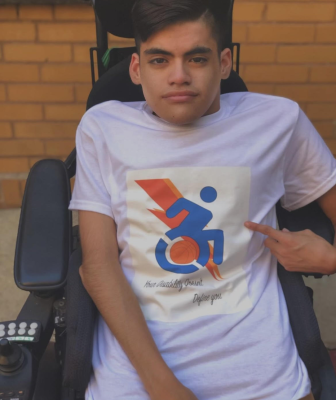
Watch Your Language
By Alex Gonzalez
Abad Viquez, 20, of Chicago is tired of hearing the news media refer to people who have a disability as “disabled” or “crippled.”
“Why put the word ‘disabled’ next to the person when they are capable of still doing certain things?” he said. “In my case, at the end of the day, I know what I’m capable of doing and that is mainly everything. I just feel like the word ‘disabled’ is not appropriate.”
According to the National Center on Disability and Journalism style guide, journalists should avoid using the word “crippled” unless it is being used to describe movements. In that case, the guide encourages to describe the person exercising the “crip movements,” not “the person is crippled.”
Viquez wishes journalists would emphasize the reasons why a person’s disability prevents them from doing certain things. “Instead of singling that person out and not giving the context as to why they cannot do that one thing, we should do better in explaining why,” he said.
Viquez, who has sacral agenesis, also urges journalists to emphasize ways to help people with disabilities and their families, particularly with expenses associated with medical care. But above all, he says, journalists can help set the record straight: “There is this misconception that we are weak or cannot do certain things because of our disability, but that is wrong. We can do anything we put our minds to!”


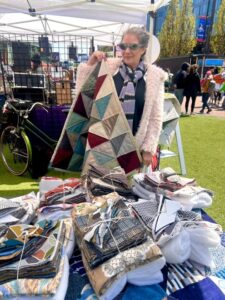








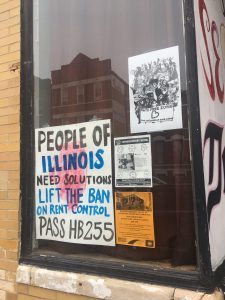
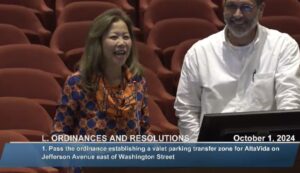





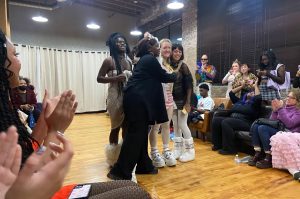
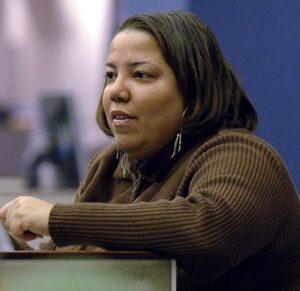
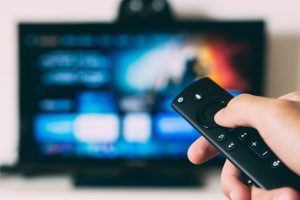


Be First to Comment